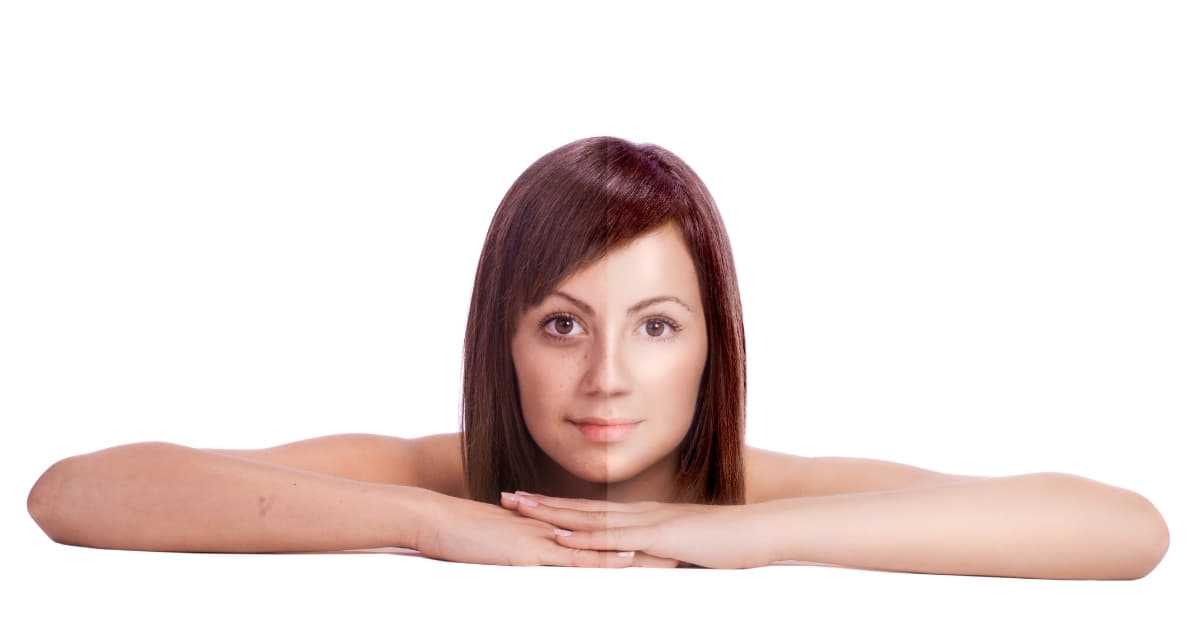In a world dominated by social media and digital imagery, the concept of body retouching has become increasingly prevalent. With the click of a button, imperfections can be smoothed away, and bodies can be sculpted to fit societal standards of beauty. However, the implications of body retouching extend beyond the superficial, raising questions about self-esteem, authenticity, and societal norms.
What is Body Retouching?
Body retouching refers to the digital manipulation of images to enhance or alter the appearance of a person’s body. Commonly used in the realms of photography and digital media, this technique allows for the modification of various aspects, such as skin tone, body shape, and facial features. The aim is often to achieve an idealized and flawless representation of the human body.
Pros of Body Retouching
- Enhanced Aesthetics: Body retouching can help create visually appealing images by removing blemishes, scars, or other imperfections, contributing to a polished and professional look.
- Boosting Confidence: For individuals in the public eye, body retouching can provide a confidence boost by presenting a more perfected version of themselves, helping to alleviate insecurities.
- Creative Expression: In the realm of artistic photography and digital design, body retouching allows for creative expression, enabling artists to experiment with different visual styles.
Cons of Body Retouching
- Unrealistic Beauty Standards: The widespread use of retouched images can perpetuate unrealistic beauty standards, leading to a distorted perception of what is considered normal or beautiful.
- Negative Impact on Mental Health: Constant exposure to retouched images can contribute to poor body image and low self-esteem, as individuals may feel pressure to conform to the flawless images they see online.
- Loss of Authenticity: The prevalence of retouched images can lead to a loss of authenticity, as individuals may struggle to discern real from digitally altered representations of beauty.
Body Retouching: Striking a Balance
While body retouching can be a powerful tool for enhancing visual appeal, it is crucial to strike a balance between artistic expression and promoting realistic beauty standards. Embracing authenticity and diversity in imagery can contribute to a more inclusive and positive representation of individuals.
FAQs
Is body retouching only used in the fashion and entertainment industry?
No, body retouching is widely used in various industries, including advertising, social media, and even personal photography. The accessibility of photo editing tools has made it common across different sectors.
Can body retouching be done ethically?
Yes, ethical body retouching involves transparent communication about the use of editing tools, promoting realistic standards, and ensuring that the individual’s consent is obtained before making significant alterations to their appearance.
How can one promote body positivity in the age of retouched images?
Promoting body positivity involves embracing diversity, appreciating individual uniqueness, and supporting campaigns that challenge unrealistic beauty standards. Additionally, being mindful of the images shared on social media can contribute to a more positive online environment.
Are there any regulations regarding the use of retouched images in advertising?
Some countries have started implementing regulations requiring advertisers to disclose the use of retouched images. However, the extent of these regulations varies, and enforcement may not be universal.
Conclusion
Body retouching is a double-edged sword, offering the potential for enhanced aesthetics but also perpetuating unrealistic beauty standards. Striking a balance between artistic expression and authenticity is crucial to fostering a positive and inclusive visual culture. As individuals, we can contribute to a healthier mindset by being conscious consumers of media and embracing the beauty of diversity.
This page was last edited on 25 February 2024, at 11:52 am
